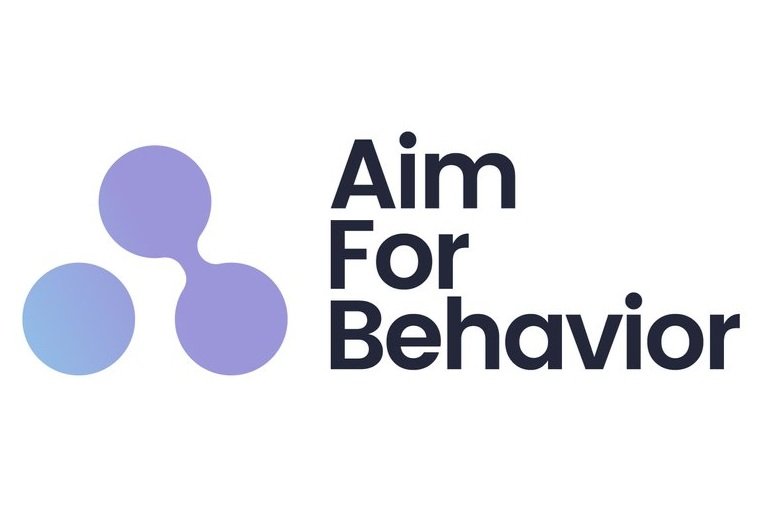Are you a fan of checklists? or are you simply not using them as best as you could?
I have to admit that without having good checklists I would struggle more to get things done.
The Checklist Manifesto by Atul Gawande highlights the challenges that come with the increased volume and complexity of knowledge in various professions, and how it can lead us to make serious failures.
He argues that checklists can provide protection against such failures by reminding us of the minimum necessary steps and making them explicit.
Gawande presents examples of how the use of checklists in the medical field, such as having doctors and nurses create their own checklists for what they thought should be done each day. (there is a powerful story in the book about this)
He emphasizes that checklists must be concise, clear, and tailored to the specific situation and that their use must be accompanied by a culture of teamwork and discipline. (so as always the context matters)
Some other takeaways on checklists:
✅ By creating and following a checklist, you can reduce the chances of making mistakes, especially in complex situations.
✅ The process of creating a checklist involves collaboration and communication between team members, which can improve coordination and foster a sense of shared responsibility.
✅ By focusing on key tasks and processes, checklists can help us perform our jobs more effectively and efficiently. (This is the case for me )
✅ Checklists should be kept to between five and nine items, using simple and exact language, fit on one page, and be free of clutter and unnecessary colors.
These are other ways I can help you:
1 ) Get my Behavior Design Course: Learn to add that missing Behavioral Science layer to your products and services in an easy and practical way
2) Explore my services: I work on small projects or as part of your team
3) Frameworks: Get access to my free frameworks and tools
4) If you want to get Behavior Science and Innovation Tools join my Newsletter

